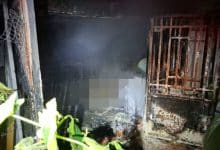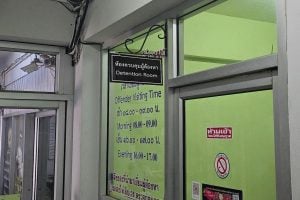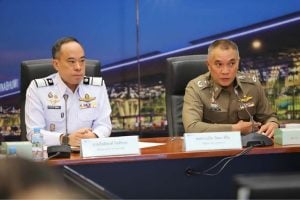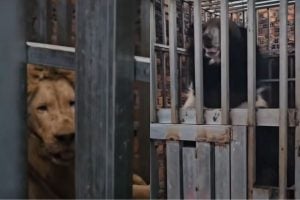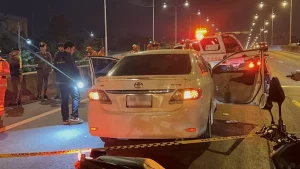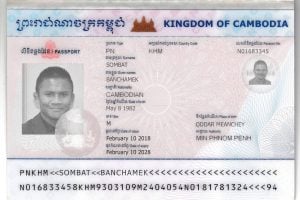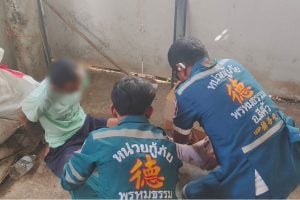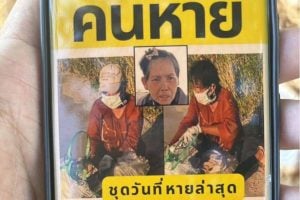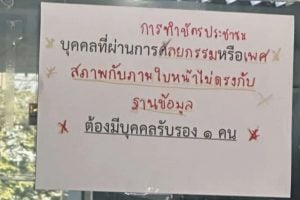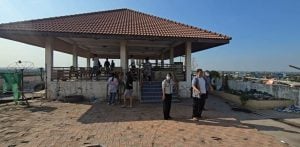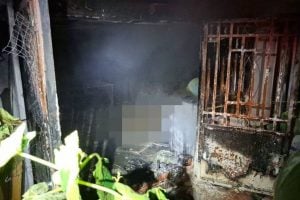Toxic air killing over 100 children every day in East Asia
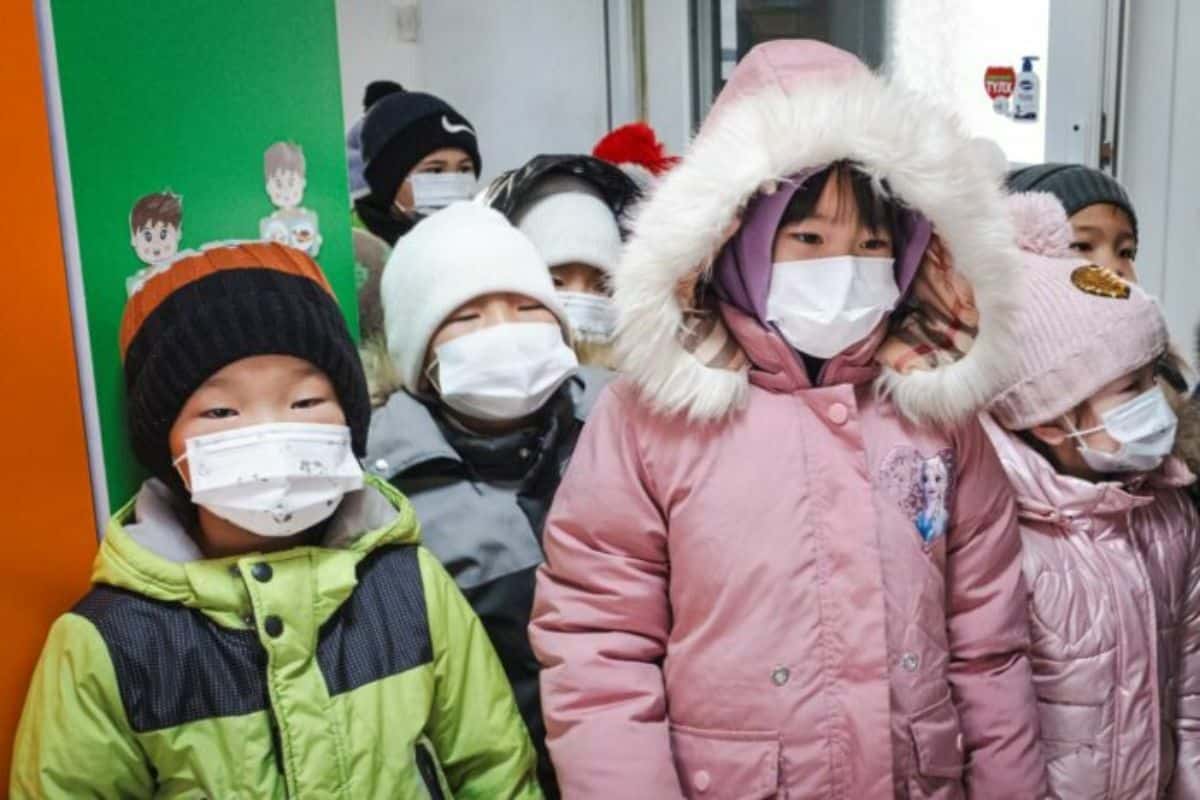
As Bangkok struggles with choking air pollution, forcing school closures and raising serious health concerns, UNICEF has issued a stark warning about the devastating impact of toxic air on children across East Asia and the Pacific.
According to UNICEF’s latest analysis, air pollution peaks in the region during the dry season, from now until April, and is responsible for over 100 deaths of children under five every single day. Shockingly, all 500 million children in East Asia and the Pacific live in areas with unhealthy air quality.
“Every breath matters, but for too many children, every breath can bring harm,” said June Kunugi, UNICEF Regional Director.
“The air they breathe, at a time when their bodies and minds are still developing, too often contains unhealthy levels of pollution that can harm their growth, lungs, and cognitive development.”
Household air pollution, largely caused by burning solid fuels for cooking and heating, is linked to more than half of all air pollution-related deaths in young children.
Meanwhile, 325 million children live in areas where annual PM2.5 levels exceed World Health Organisation (WHO) guidelines by more than five times, and 91% of children are exposed to ozone pollution beyond safe limits.
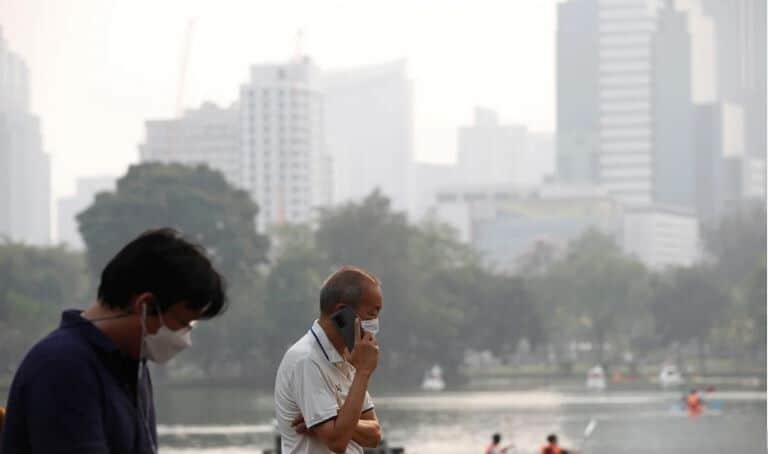
The crisis isn’t just a health disaster, it’s an economic catastrophe. In 2019, air pollution cost East Asia and the Pacific 9.3% of its GDP, over US$2.5 trillion (approximately 84 trillion baht)—due to premature deaths and pollution-related illnesses, reported The Pattaya News.
UNICEF is urging governments, businesses, and parents to take urgent action, from enforcing stricter air quality policies to investing in clean energy and healthcare solutions.
“The solutions exist, and our collective future depends on implementing them.”
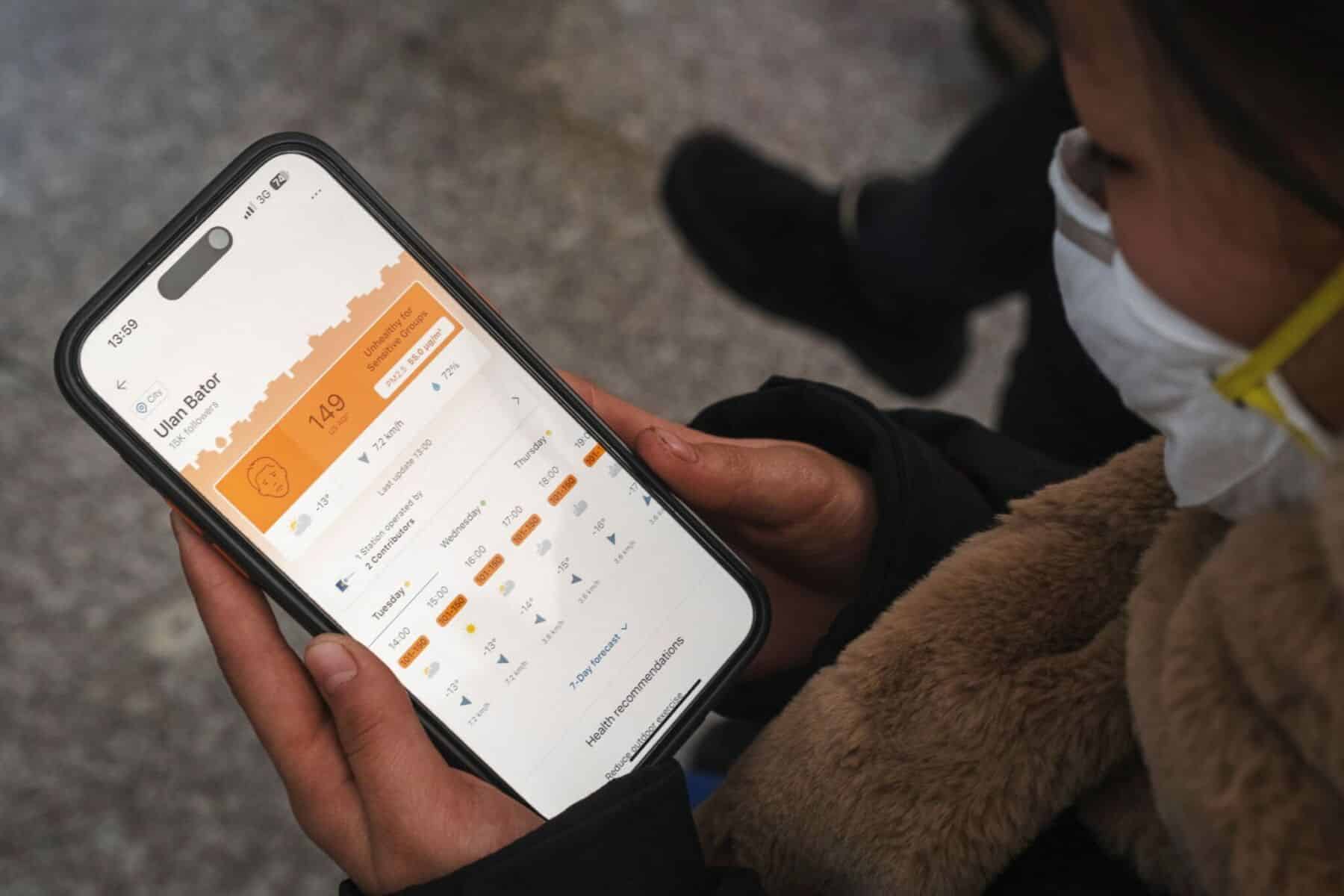
The Bangkok Metropolitan Administration (BMA) has pledged to expand the number of dust-free classrooms in its schools by the end of the year to protect students from worsening air pollution.
During a community inspection in Watthana district, Bangkok Governor Chadchart Sittipunt acknowledged growing public concerns over environmental and public health issues, particularly the impact of PM2.5 pollution on children.
Out of 1,966 classrooms across 437 BMA-managed schools, 744 have already been upgraded to dust-free status, with the remaining classrooms set to follow by year-end. Of these schools, 429 include kindergartens, where younger children are especially vulnerable.
However, concerns remain over private preschools, which lack similar pollution control measures, leaving many young children exposed to hazardous air quality.
Latest Thailand News
Follow The Thaiger on Google News:
